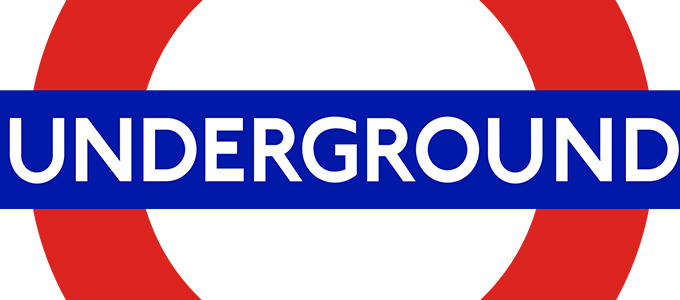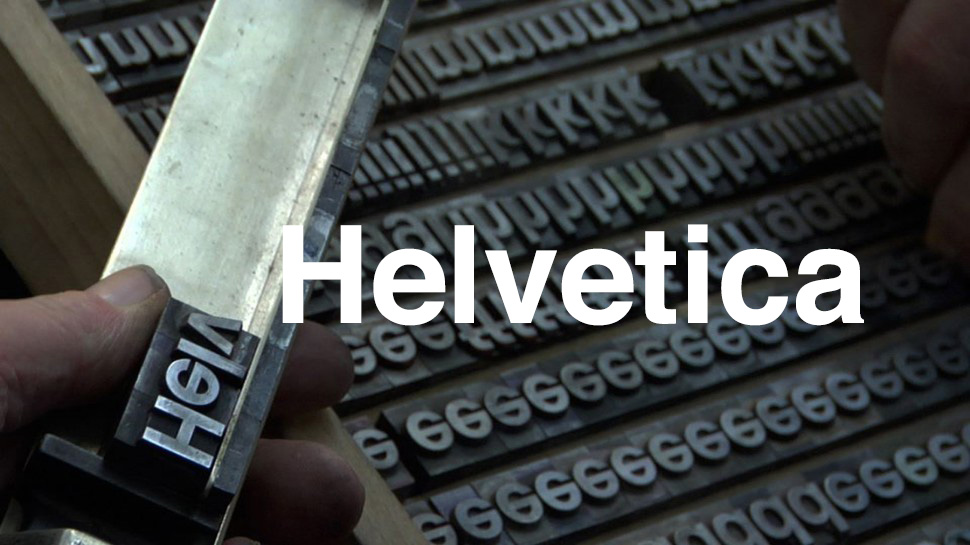Typography is instrumental to many forms of communication in daily life, being used in modern advertisements and designs that we encounter every day. Typographers have practiced their craft for centuries, relaying different concepts and feelings through the intricacies of our species’ form of communication. Along the way, typography has played interesting and vital roles in culture, history, and of course, politics. Here are a few fonts that have left their mark on history.
Futura Makes a Stand Against Hitler’s Third Reich
German typeface designer Paul Renner found himself in a tough spot when the Nazi party rose to power. His position as a designer gave him influence over Germany and its surrounding nations, making him perfect for Hitler’s propaganda machine. However, instead of using the frequently used Blackletter typeface, Renner was inspired to go against the grain and create a new typeface in 1927 – Futura. Influenced by Bauhaus’ use of Roman characters, Renner’s Futura rejected the prevalent culture of stark German nationalism being currently represented by Blackletter.
Note: The details of Renner’s loyalties and intentions are still debated. You can see some discussion on the matter in the comments on this article from Typophile. Either way you look at it, Futura is a font that played a substantial role in the story of Germany during this time.

Helvetica Plays It Safe During the Cold War
Helvetica was introduced in 1957 under its original name, Neue Haas Grotesk. It was first known for its clarity, though later would become associated with treading carefully during The Cold War. After World War II, distrust festered between nations, so Hoffman chose to use the name Helvetica over Helvetia (the latter meaning Switzerland) to avoid nationalism. This decision made Helvetica acceptable to the world rather than in the clutches of a single nation, freeing it from any ideological issues fueling national distrust during The Cold War. Though a common criticism of Helvetica arose claiming that it lacked personality, the 2007 documentary “Helvetica” made an argument for the font, describing it as “ubiquitous” and “timeless.”
Johnston Sans in the London Underground Railway Combats German Innovation
Edward Johnston created the self-named Johnston Sans during The Great War. Commonly known as Underground Railway Block-Letter, Johnston’s design was part of the war effort in that it fought against a perceived threat of cultural invasion by Germany. To this end, Johnston drew from imperialist foundations to emphasize Britain’s strength. During the time, imperialism wasn’t associated as much with negative connotations as it is today. It was actually quite the opposite: The London Underground’s strong typography reassured its citizens that Britain would prevail against outside influence of Nazism and fascist design alike.

Gotham Attempts to Bring Hope Back to America
Inspired by the lettering on the Port Authority, Gotham is described by Tobias Frere-Jones as “the type of letter that an engineer would make.” Frere-Jones is one half of the duo who designed Gotham (the other being Jonathan Hoefler). In addition to appearing on cultural icons such as Coca-Cola, Netflix, and even in the Museum of Modern Art, Gotham was used by the Obama during his 2008 campaign for presidency. Being associated with New York City and its post-September 11th search for hope, Gotham affected the same optimistic aesthetic for Obama’s campaign when it was used in conjunction with “Change We Can Believe In.” Now, the beloved typeface’s creators are embittered in a million conflict, with Frere-Jones suing partner Hoefler for “cheating” him out of half of the business. However, the typeface remains strong.

What Other Fonts Have Left Their Mark on The World?
When we think about world history, we don’t usually jump straight to the topic of type. But it’s always there, doing its duty, proclaiming the good news, spreading the bad news, and pushing agendas. What other fonts can you think of that have played a role in a historical event?
Header image created using Letter Land I.
These Fonts Made a Big Impact on World History

No comments:
Post a Comment
Note: Only a member of this blog may post a comment.